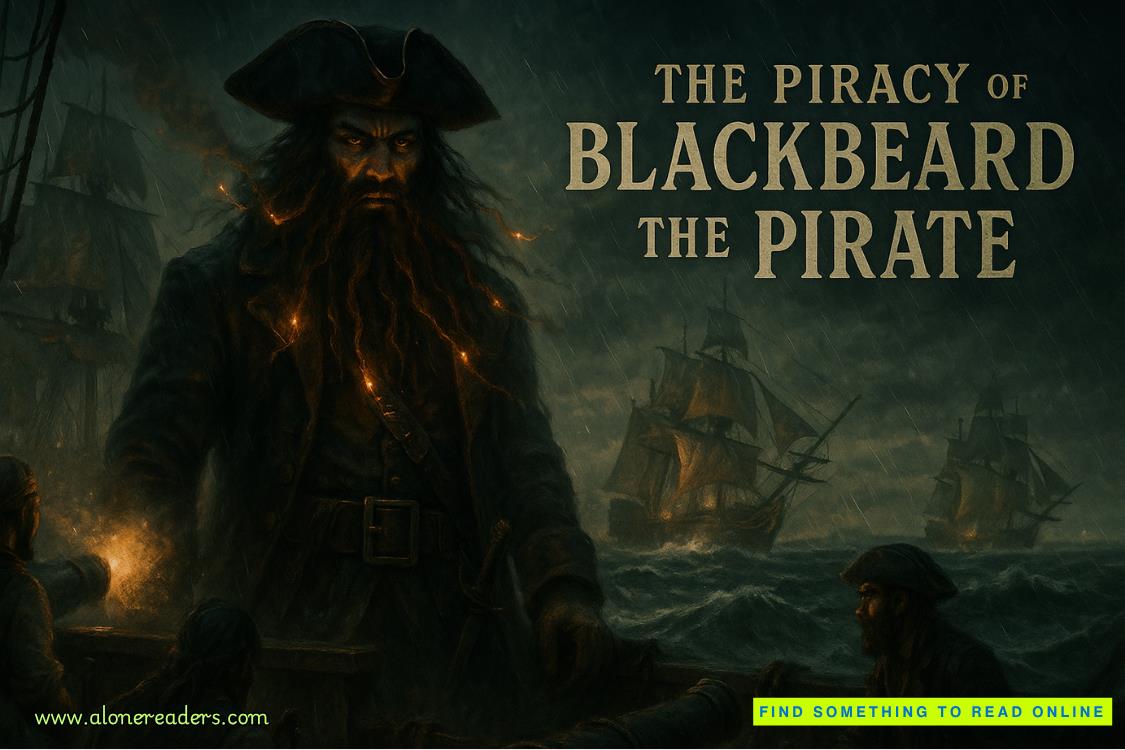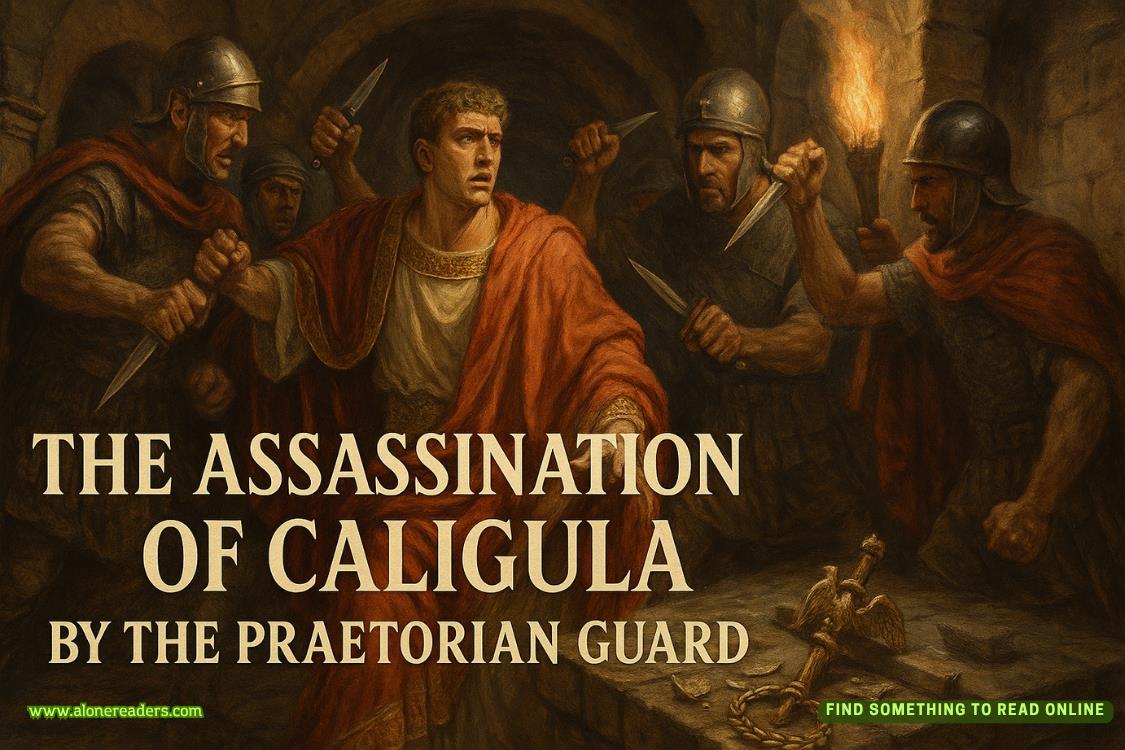Page 64 of Inca Gold (Dirk Pitt 12)
He was so deeply involved with the search for the Nuestra Senora de la Concepcion that he did not notice nor hear Admiral James Sandecker step into his sanctum sanctorum and sit down in a chair behind him.
The founder and first director of NUMA was small in stature but filled with enough testosterone to fuel the offensive line of the Dallas Cowboys. A trim fifty-eight, and a fitness addict, he ran five miles every morning from his apartment to the imposing glass building that housed two of the five thousand engineers, scientists, and other employees that formed NUMA, the undersea counterpart of the space agency NASA. His head was covered by straight flaming red hair, graying at the temples and parted in the middle, while his chin bristled with a magnificent Vandyke beard. Despite his addiction to health and nutrition, he was never without a huge cigar made from tobacco personally selected and rolled for him by the owner of a plantation in Jamaica.
Under his direction NUMA had taken the field of oceanography and made it as popular as space science. His persuasive pleas to Congress for funding, supported by twenty top universities with schools in the marine sciences and a host of large corporations investing in underwater projects, had enabled NUMA to take, great strides in deep sea geology and mining, marine archaeology, biological studies of sea life, and studies of the effects of oceans on the earth's climate. One of his greatest contributions, perhaps, was supporting Hiram Yaeger's huge computer network, the finest and largest archive of ocean sciences in the world.
Sandecker was not universally admired by all of Washington's bureaucracy, but he was respected as a hard driving, dedicated, and honest man, and his relationship with the man in the Oval Office of the White House was warm and friendly.
"Making any progress?" he asked Yaeger.
"Sorry, Admiral." Yaeger spoke without turning around. "I didn't see you come in. I was in the midst of collecting data on the water currents off Ecuador."
"Don't stroke me, Hiram," Sandecker said, with the look of a ferret on a hunt. "I know what you're up to."
"Sir?"
"You're searching for a stretch of coastline where a tidal wave struck in 1578."
"A tidal wave?"
"Yes, you know, a big wall of water that barreled in from the sea and carried a Spanish galleon over a beach and into a jungle." The admiral puffed out a cloud of noxious smoke and went on. "I wasn't aware that I had authorized a treasure hunt on NUMA's time and budget."
Yaeger paused and swiveled around in his chair. "You know?"
"The word is knew. Right from the beginning."
"Do you know what you are, Admiral?"
"A canny old bastard who can read minds," he said with some satisfaction.
"Did your Ouija board also tell you the tidal wave and the galleon are little more than folklore?"
"If anyone can smell fact from fiction, it's our friend Dirk Pitt," Sandecker said inflexibly. "Now what have you dug up?"
Yaeger smiled wanly and answered. "I began by dipping into various Geographic Information Systems to determine a logical site for a ship to remain hidden in a jungle over four centuries somewhere between Lima and Panama City. Thanks to global positioning satellites, we can look at details of Central and South America that were never mapped before. Maps showing tropical rain forests that grow along the coastline were studied first. I quickly dismissed Peru because its coastal regions are deserts with little or no vegetation. That still left over a thousand kilometers of forested shore along northern Ecuador and almost all of Colombia. Again, I was able to eliminate about forty percent of the coastline with geology too steep or unfavorable for a wave with enough mass and momentum to carry a five-hundred-and-seventy-ton ship any distance overland. Then I knocked off another twenty percent for open grassland areas without thick trees or other foliage that could hide the remains of a ship."
"That still leaves Pitt with a search area four hundred kilometers in length."
"Nature can drastically alter the environment in five hundred years," said Yaeger. "By starting with antique maps drawn by the early Spaniards, and examining records of changes that occurred in the geology and landscape, I was able to decrease the length of the search grid another hundred and fifty kilometers."
"How did you compare the modern terrain with the old?"
"With three-dimensional overlays," replied Yaeger. "By either reducing or increasing the scale of the old charts to match the latest satellite maps, and then overlaying one upon the other, any variations of the coastal jungles since the galleon vanished became readily apparent. I found that much of the heavily forested coastal jungles had been cut down over the centuries for farmland."
"Not enough," Sandecker said irritably, "not nearly enough. You'll have to whittle the grid down to no more than twenty kilometers if y
ou want to give Pitt a fighting chance of finding the wreck."
"Bear with me, Admiral," said Yaeger patiently. "The next step was to conduct a search through historical archives for recorded tidal waves that struck the Pacific coastline of South America in the sixteenth century. Fortunately, the occasions were well documented by the Spanish during the conquest. I found four. Two in Chile in 1562 and 1575. Peru suffered them in 1570 and again in 1578, the year Drake captured the galleon."
"Where did the latter strike?" Sandecker asked.
"The only account comes from the log of a Spanish supply ship on its way to Callao. It passed over àcrazy sea' that swept inland toward Bahia de Caraquez in Ecuador. Bahia, of course, means bay."
" `Crazy sea' is a good description of water turmoil above an earthquake on the seafloor. No doubt a seismic wave generated by a movement of the fault that parallels the west coast of the entire South American continent."
"The captain also noted that on the return voyage, a village that sat at the mouth of a river running into the bay had vanished."
"There is no question of the date?"















